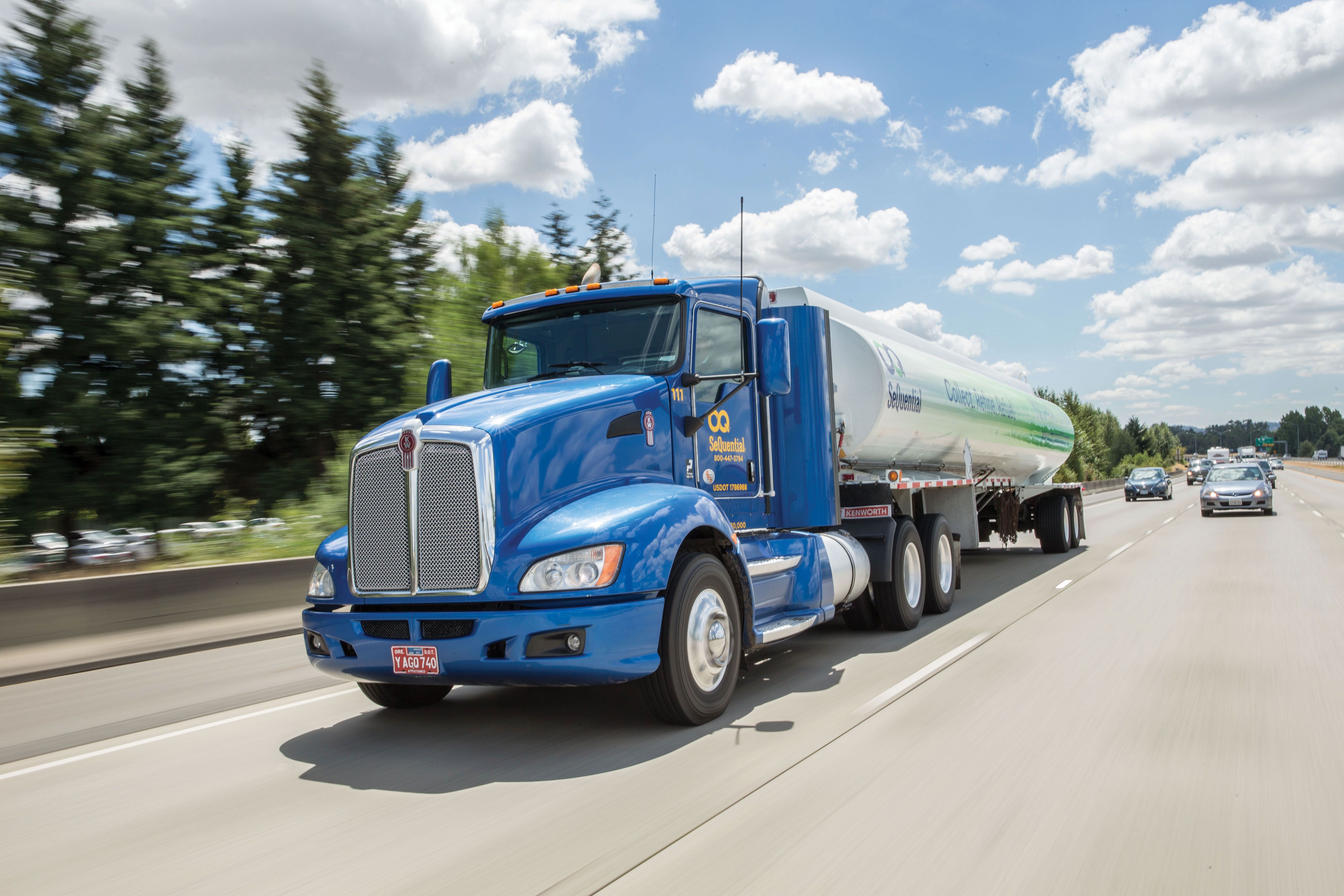
Storage experiments utilizing both freshwater and marine strains of microalgae – Scenedesmus acutus, Chlorella vulgaris, Chlorella zofingiensis, Nannochloropsis gaditana, and Porphyridium purpureum – and yard waste were conducted for 30 days. Eight feedstocks met the quantity threshold but only three, distillers grains, haylage, and yard waste, were also available in season. This study conducts a resource assessment of biomass residues in the southern United States to identify materials available during peak algae productivity and in sufficient quantity to meet the algae storage needs of an algae biofuel industry. Preservation of algae as blends could be beneficial to biorefineries that utilize thermochemical approaches to fuel production as co-processing of algae and lignocellulosic biomass has been observed to enhance biocrude yield and improve oil quality. Ensiling, a preservation process that utilizes lactic acid fermentation to limit microbial degradation, has been demonstrated to successfully stabilize algae biomass (20% solids) and algae-lignocellulosic blends (40% algae-60% lignocellulosic biomass, dry basis) for over 6 months, resulting in fuel production cost more » savings with fewer emissions. A portion of the summer production must be preserved for conversion in the winter in order to maintain a biorefinery running at capacity. Summer production can be 3–5 times higher than in the winter resulting in uneven feedstock supplies at algae biorefineries. Seasonal variation in microalgae productivity is a significant barrier to economical production of algae biofuels and chemicals. Lactic acid (LA) is assumed more » to be the co-product based on current bioprocessing testing results. The extract stream from HTL stage I is sent to the bioprocessing section for co-product generation via fermentation of carbohydrate. The biocrude is upgraded to final fuel products in an upgrading process. The residual solid from stage I is further converted to biocrude in the SEQHTL stage II step. In stage I, the carbohydrates in the feedstock are extracted and separated from the residual solid. Algae only (summer season) or algae/corn stover blended feedstock (other seasons) are sent to a two-stage SEQHTL process. In this system, algae biomass with corn stover supplement during the lower algae productivity seasons (winter, fall, and spring) to match the maximum algae seasonal production rate in summer is employed to maintain a constant plant capacity in all the seasons.

The focus of the study is directed toward the conversion system, which consists of five processes: two-stage sequential HTL (SEQHTL), biocrude upgrading to final fuels, bioprocessing for co-product generation, hydrogen generation, and steam cycle. A preliminary techno-economic analysis (TEA) was developed for the fiscal year 2020 state of technology (SOT) assessment to evaluate the benefits and risks for a large-scale microalga hydrothermal liquefaction (HTL) system based on most recent testing results.


 0 kommentar(er)
0 kommentar(er)
